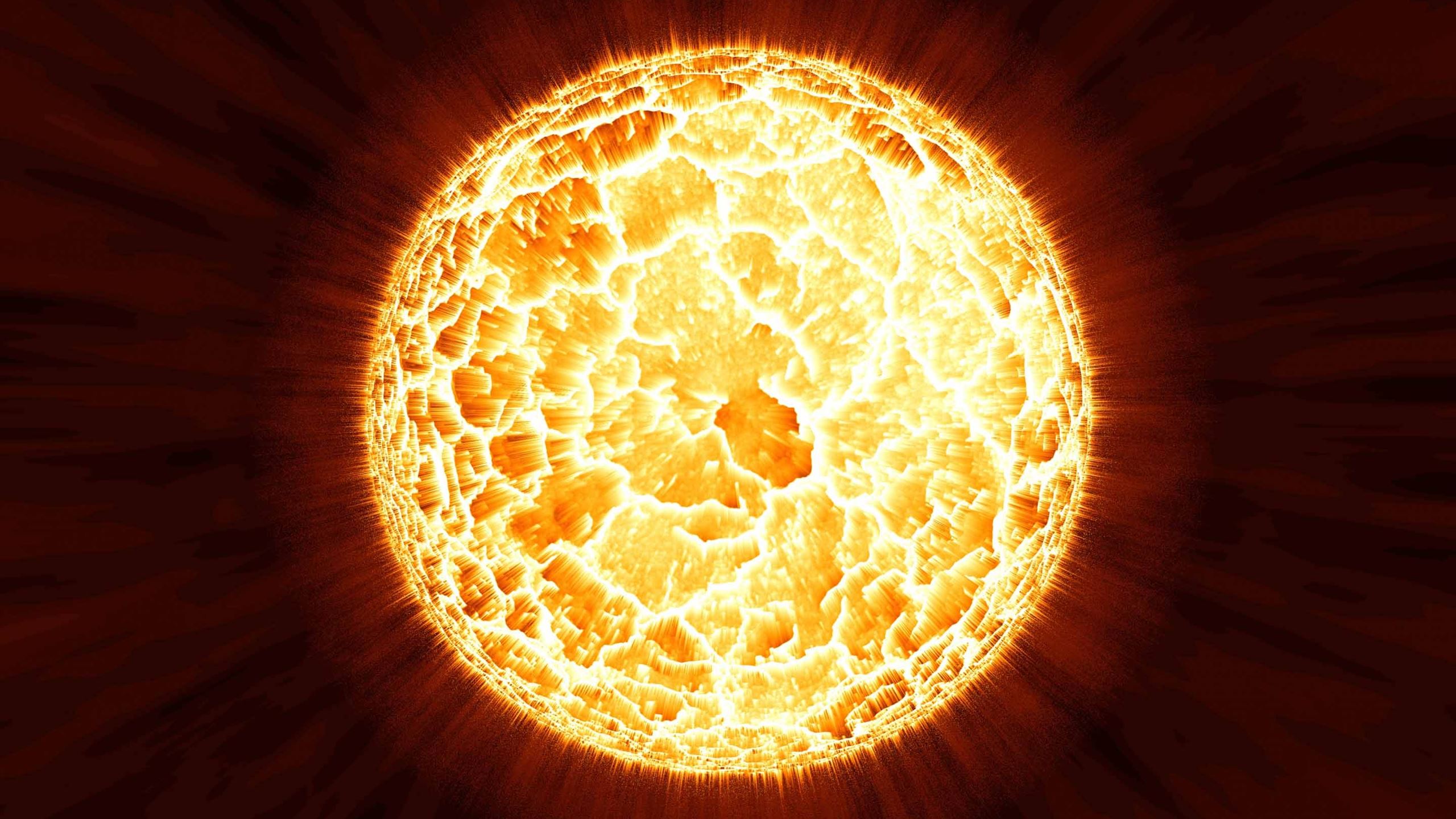

2010 APPLE 8 CORE MAC PRO PRO
Final thoughtsĭeciding between the Mac Studio and the MacBook Pro shouldn’t be all too hard considering they’re so different. And you get everything you need to use that laptop. And if you want the M1 Ultra with 64 GPU cores, it costs an extra $1,000.įor $100 less than that price, you can buy a 16-inch MacBook Pro with the M1 Max chip, 32 GPU cores, 64GB of unified memory, and 4TB of storage. Granted, you get 1TB of storage, too, but that’s still a huge ask. And that’s a watered-down version of the M1 Ultra with 48 GPU cores and 64GB of unified memory. That’s right, for $4,000, you still don’t get a screen. It’s basically everything you could ask for.īut we talked a lot about the M1 Ultra here, and if you want that, you have to pay at least $3,999 for the Mac Studio alone.

The display on the MacBook Pro is fantastic, too, being a Liquid Retina XDR panel It has a super-sharp 3456 x 2234 resolution (in the 16-inch model) and it uses mini-LED, offering a 1,000,000:1 contrast ratio, up to 1000 nits of sustained full-screen brightness, HDR, P3 Wide color, and a 120Hz refresh rate. We won’t linger too long on this, but naturally, the MacBook Pro has a built-in display, while the Mac Studio doesn’t include one. Still, you get the same CPU and Neural Engine, so performance is far from bad on the M1 Pro. All of this is half of what the M1 Max offers, and thus, GPU performance is about half. The M1 Pro also maxes out with 32GB of unified (and starts with 16GB), and the memory bandwidth is 200GB/s. The 2021 MacBook Pro is also available with the M1 Pro chipset, which has the same CPU as the M1 Max, but only 14 or 16 GPU cores, half of what the M1 Max has. Of course, that’s only comparing the M1 Ultra to the M1 Max.

2010 APPLE 8 CORE MAC PRO TV


 0 kommentar(er)
0 kommentar(er)
